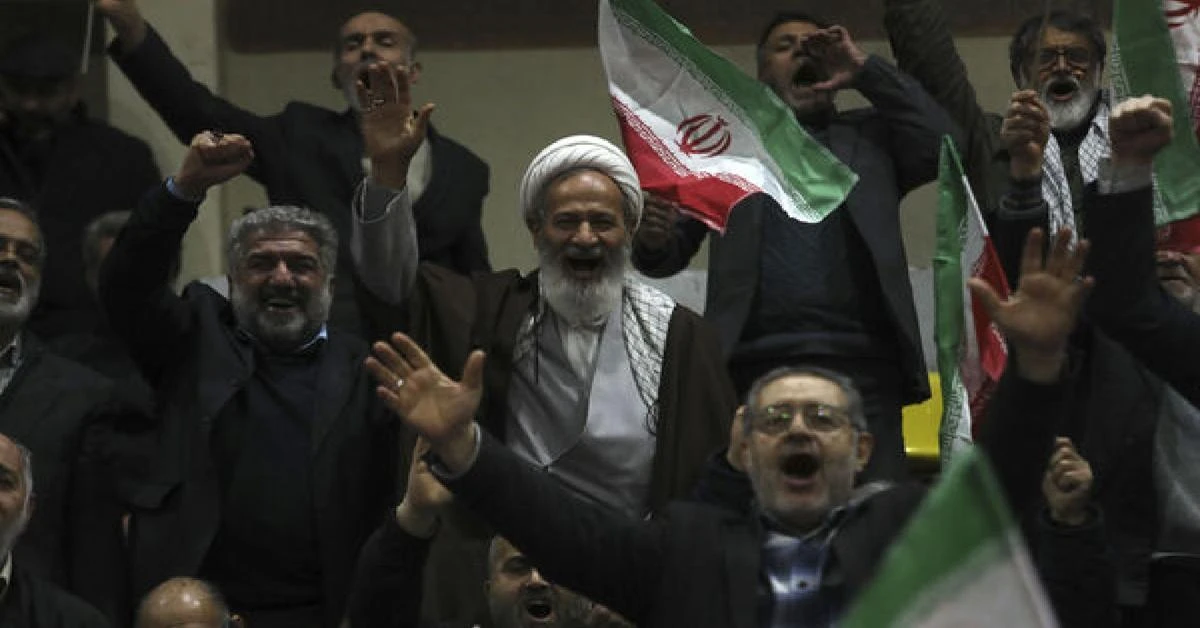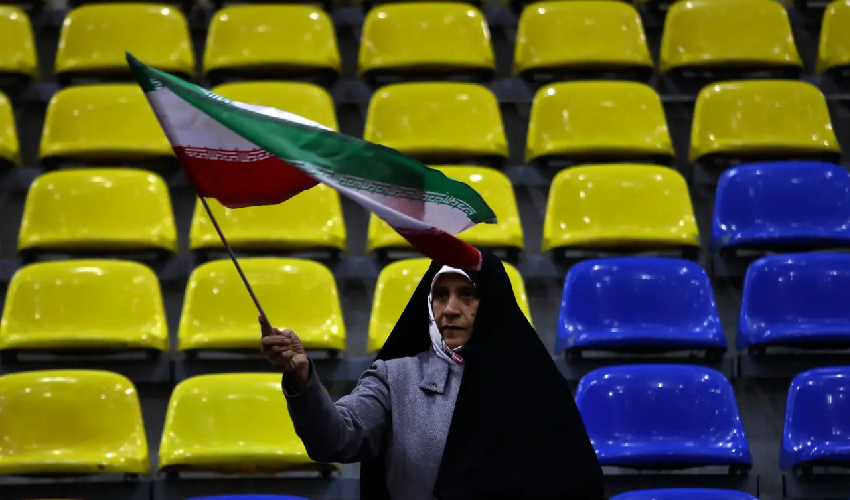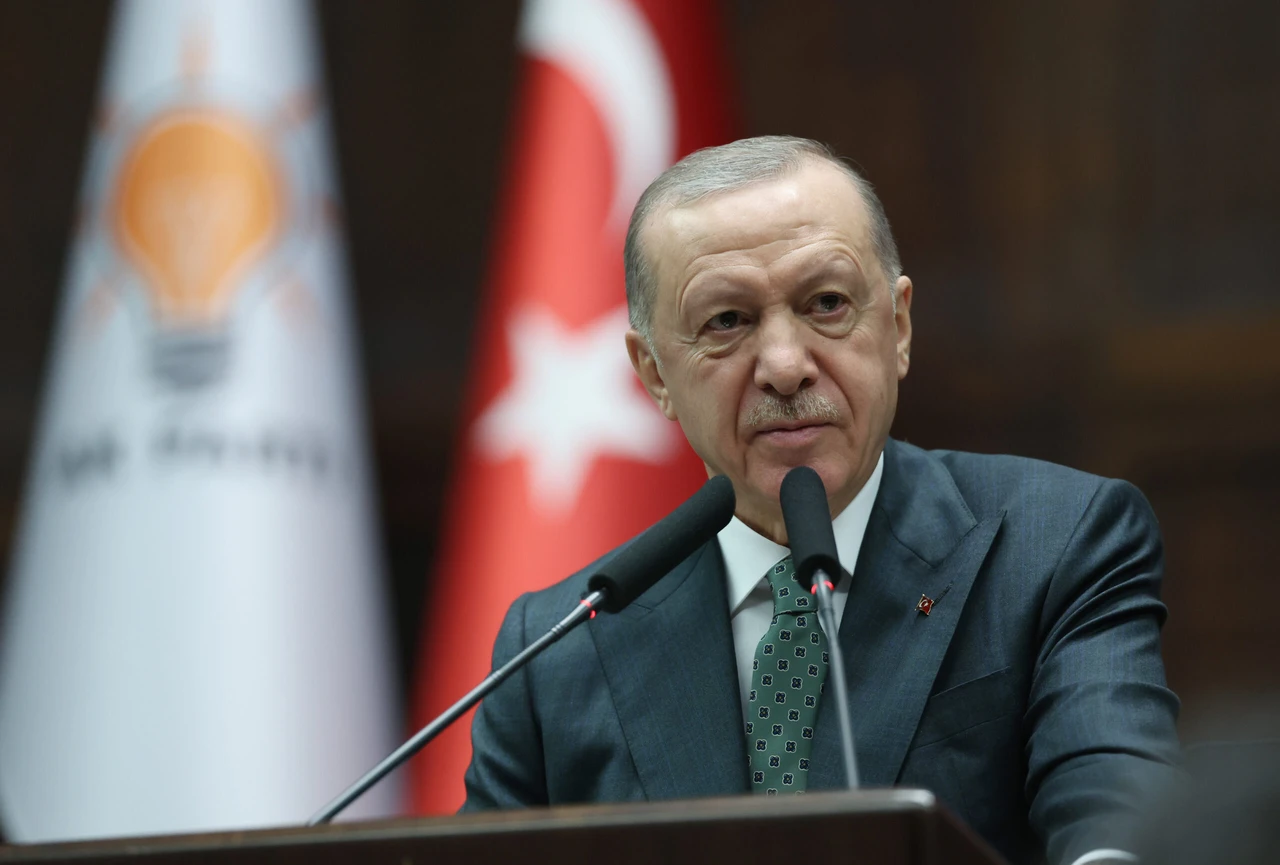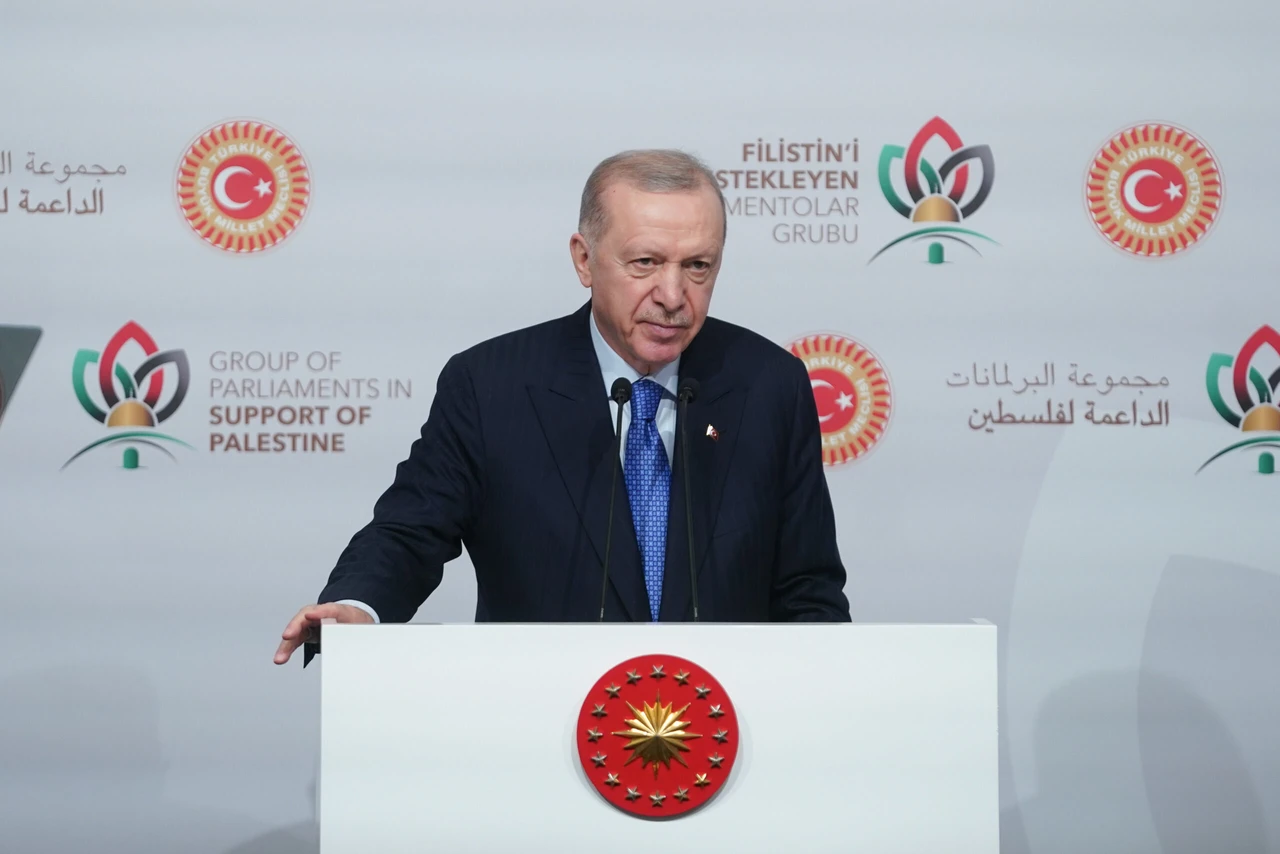Uncertainty surrounds voter participation as Iran begins voting

First parliamentary elections after 2022 protests over mandatory hijab have started in Iran but voter turnout is uncertain
Iran has commenced the voting process for its initial parliamentary elections following the 2022 demonstrations against its compulsory hijab regulations, with uncertainties arising regarding the voter turnout.
Supreme Leader Ayatollah Ali Khamenei, aged 84, will be among the first to cast their votes in an election that will also witness the selection of new members to the country’s Assembly of Experts.
This group of religious leaders, serving an eight-year term, holds the responsibility of electing a new supreme leader in the event of the Ayatollah’s resignation or passing, underscoring their heightened significance given his advanced age.
Approximately 15,000 candidates are competing for a position in the 290-seat parliament, formally referred to as the Islamic Consultative Assembly. Members serve four-year terms, with five seats designated for Iran’s religious minority groups.
The parliament exercises supervision over the executive branch, participates in treaty approvals, and addresses various other matters, although the ultimate authority in Iran lies with the supreme leader in practice.

For the past two decades, hardliners have dominated the parliament, often echoing anti-American sentiments such as “Death to America.”
During the tenure of parliament speaker Mohammad Bagher Qalibaf, a former Revolutionary Guard general known for supporting the harsh suppression of Iranian university students in 1999, the legislature advanced a bill in 2020 that significantly restricted Tehran’s cooperation with the International Atomic Energy Agency, the U.N. nuclear watchdog.
This move followed the unilateral withdrawal of the U.S. from Iran’s nuclear agreement with global powers by then-President Donald Trump in 2018, leading to heightened tensions in the Middle East and Iran’s advancement of uranium enrichment to levels capable of producing “several” nuclear weapons if desired.
Recent parliamentary discussions have centered on issues surrounding the mandatory hijab requirement for women in Iran, particularly following the death of 22-year-old Mahsa Amini in police custody in 2022, triggering widespread protests.
These demonstrations quickly evolved into demands for the overthrow of Iran’s clerical leadership, culminating in a severe security crackdown resulting in the deaths of over 500 individuals and the detention of more than 22,000 others.
Calls for boycotting the election have gained traction in recent times, including from imprisoned Nobel Peace Prize laureate Narges Mohammadi, a prominent women’s rights activist who denounced the electoral process as a “sham.”
The boycott appeals have placed the government under renewed scrutiny. Since the Islamic Revolution of 1979, Iran’s theocratic regime has partially relied on election turnouts to validate its authority.
The state-run polling institution ISPA refrained from releasing election statistics prior to the voting day until Thursday, a departure from their usual practice of earlier data disclosure.
Based on a survey of 5,121 eligible voters, ISPA’s polling predicted a voter turnout of 23.5% in Tehran and 38.5% nationwide, with a margin of error of 2%.
Source: AP



